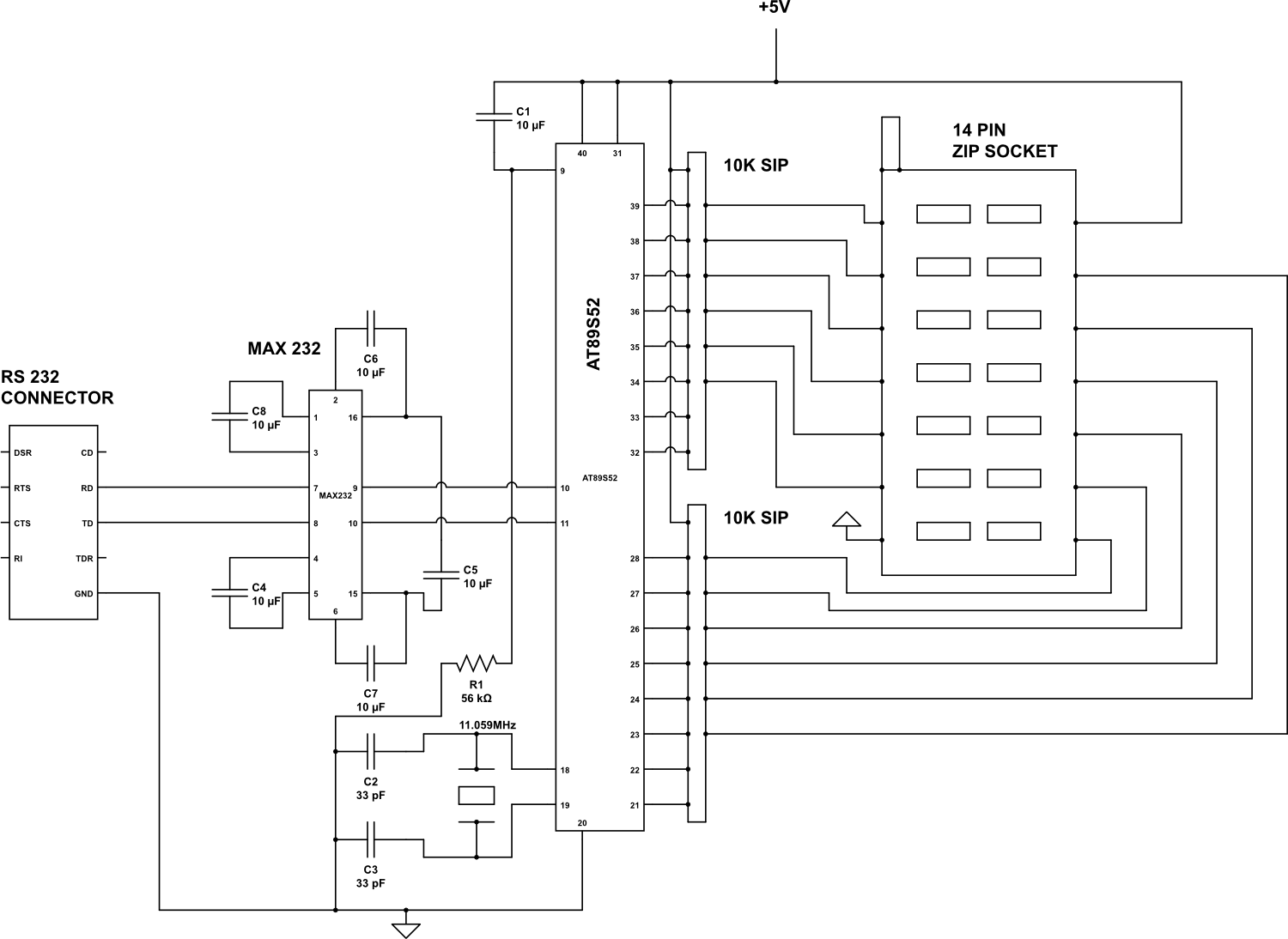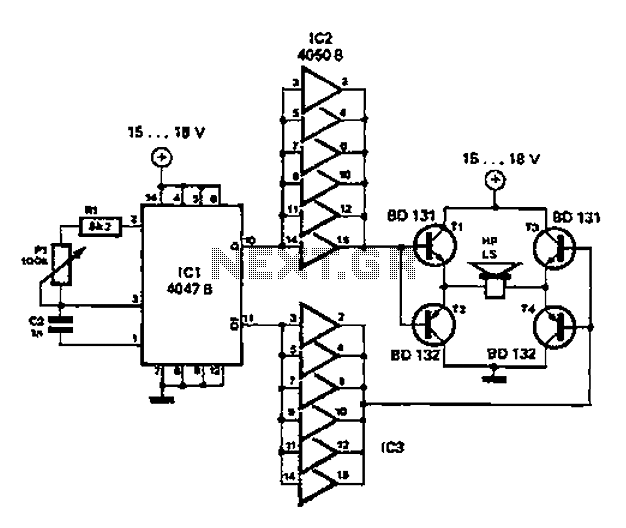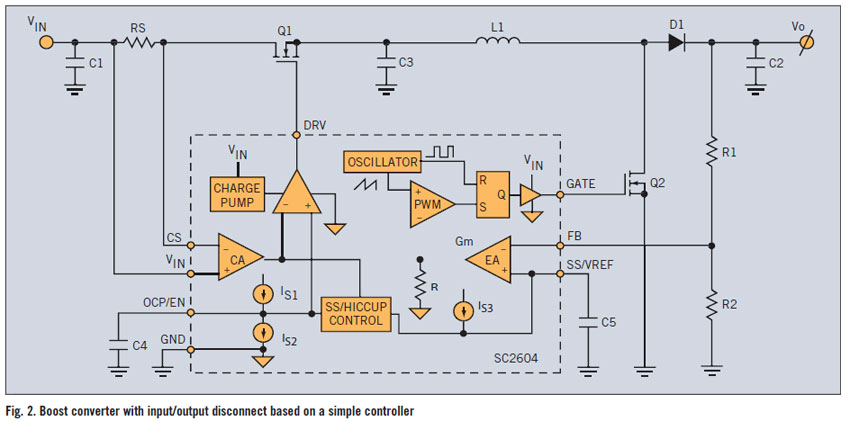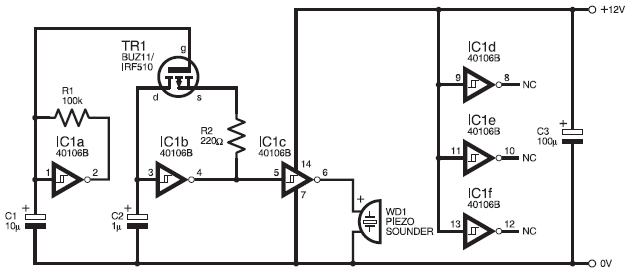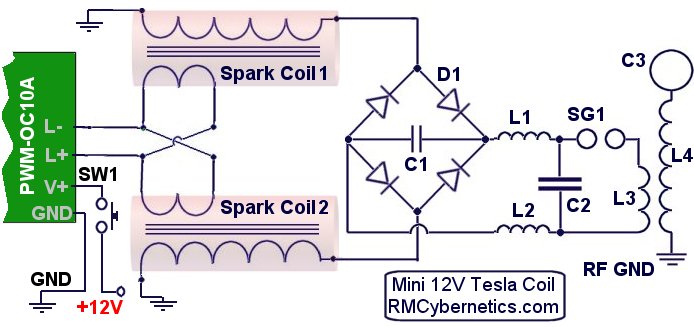
Simple DIY Cable Continuity Tester
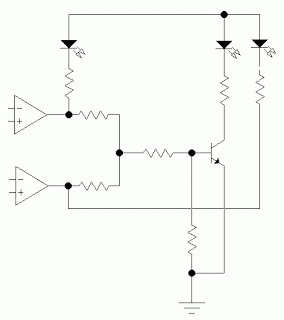
This simple cable tester can be used to check two-wire cables such as coaxial cables, telephone cables, audio cables, and others. The circuit is powered by a 9V battery. To operate, plug in the cable and press the "TEST" button. A dummy resistor connected to the end of the cable contains a 75-ohm resistor. The tester indicates three conditions: "SHORT," "OPEN," and "GOOD." The method involves checking the resistance of the dummy resistor at the "Terminator." If a short circuit is present, the wire acts as a nearly zero-ohm resistor, causing the voltage divider near the dummy resistor to divide the 9V into 4.5V. This voltage is below the lower comparator limit (Vref 4.57V), triggering the lower comparator and illuminating the "Short" LED. In the case of an open circuit, the resistance approaches infinity, resulting in 9V at the voltage divider, which exceeds the upper comparator limit (VRef 4.8V) and lights up the "Open" LED. If neither comparator is triggered, the "GOOD" LED will illuminate. The circuit employs a JRC4558 dual op-amp, although a 741 op-amp or other multi-purpose op-amps may also be used. An additional circuit checks the battery condition, with low battery voltage (below approximately 6.9V) activating a "RED" LED, while a sufficient voltage activates a "GREEN" LED. When a small amount of current flows through the zener (in reverse bias), the first transistor (left) is activated, turning on the "GREEN" LED. If not, the second transistor (right) activates, illuminating the "RED" LED. A buzzer can be added to the circuit to provide an audible alarm, especially useful for alerting when the cable under test is not "GOOD." This can be achieved by incorporating a resistor, transistor, and buzzer/beeper into the last NAND gate near the "GOOD" LED, allowing for creative implementations.
The cable tester circuit is designed for versatility, accommodating a variety of two-wire cables while providing clear feedback on the cable's status. The operation begins with the application of power from a 9V battery, which is essential for the functionality of the op-amps and indicator LEDs. The dummy resistor, with its specified resistance, plays a crucial role in determining the state of the cable under test.
The voltage divider configuration is central to the testing process. It utilizes the principles of Ohm's law and voltage division to assess the condition of the cable. When a short circuit occurs, the voltage drop across the dummy resistor is significantly reduced, leading to a voltage reading that triggers the lower comparator. Conversely, an open circuit results in a maximum voltage reading, activating the upper comparator. These conditions are visually represented by the corresponding LEDs, providing immediate feedback to the user.
The choice of op-amp, such as the JRC4558, is based on its availability and performance characteristics. This component is capable of handling the necessary signals and can be substituted with other op-amps if required. The additional battery check circuit enhances the functionality of the tester, ensuring that users are aware of the battery condition before conducting tests, thereby preventing false readings due to insufficient power.
Incorporating a buzzer into the design adds an auditory signal to the visual feedback of the LEDs, making the tester more user-friendly, especially in environments where visual indicators may be less noticeable. The design allows for customization, enabling users to modify the circuit according to their specific needs and preferences. Overall, this cable tester circuit provides a reliable and efficient means of diagnosing cable issues, making it an essential tool for technicians and hobbyists alike.This simple cable tester can be used to check 2 wire cable such as coax cable, telephone cable, audio cable and etc. Power the circuit using 9V battery. Plug in the cable and push "TEST" button. The dummy resistor is connected to the end of the cable which has 75ohm resistor inside. The tester will show only 3 conditions, "SHORT", "OPEN" and "GOOD ". The method is to check resistance of the dummy resistor at the "Terminator". The idea is simple. Imagine there is a short circuit cable under testing. The wire will act as nearly zero ohm resistor thus making the voltage divider near the dummy resistor to divide the 9V into 4. 5V. Calculate it your self [ ( 1k / ( 1k + 1k ) ) * 9V = 4. 5V ]. 4. 5V is below than the lower "Comparator" limit (Vref 4. 57V). It will trigger the lower "Comparator" and make "Short" LED to light up. Now for the open circuit cable. Assuming the open circuit cable has an infinite ohm. Voltage divider near the dummy resistor will give 9V. This is more than the upper "Comparator" limit (VRef 4. 8V) and will trigger make "Open" LED light up. Other than that (both lower and upper "Comparator" didn`t trigger) the "GOOD" LED will light up. For the op-amp, I`m using JRC4558 dual op-amp since I have it in my stock. You may use 741 op-amp or other multi-purpose op-amp. The extra circuit supplied is to check the battery condition. Low battery voltage (below than ~6. 9V) will show "RED" light up. Else will show "GREEN" LED light up. The basic, if there is a small amount of current go through the zener (reverse bias), the first transistor (left) will be turned on making the "GREEN" LED turn on.
Other than that the second transistor (right) will be turned on and "RED" LED will light up. You add in buzzer to the circuit to make it give an audible alarm. The best is to alert us whenever the cable under test is not "GOOD". So, adding a resistor, transistor and a buzzer/beeper to the last NAND (near "GOOD" LED) will do the job. Use your own creativity for this. :-). 🔗 External reference
The cable tester circuit is designed for versatility, accommodating a variety of two-wire cables while providing clear feedback on the cable's status. The operation begins with the application of power from a 9V battery, which is essential for the functionality of the op-amps and indicator LEDs. The dummy resistor, with its specified resistance, plays a crucial role in determining the state of the cable under test.
The voltage divider configuration is central to the testing process. It utilizes the principles of Ohm's law and voltage division to assess the condition of the cable. When a short circuit occurs, the voltage drop across the dummy resistor is significantly reduced, leading to a voltage reading that triggers the lower comparator. Conversely, an open circuit results in a maximum voltage reading, activating the upper comparator. These conditions are visually represented by the corresponding LEDs, providing immediate feedback to the user.
The choice of op-amp, such as the JRC4558, is based on its availability and performance characteristics. This component is capable of handling the necessary signals and can be substituted with other op-amps if required. The additional battery check circuit enhances the functionality of the tester, ensuring that users are aware of the battery condition before conducting tests, thereby preventing false readings due to insufficient power.
Incorporating a buzzer into the design adds an auditory signal to the visual feedback of the LEDs, making the tester more user-friendly, especially in environments where visual indicators may be less noticeable. The design allows for customization, enabling users to modify the circuit according to their specific needs and preferences. Overall, this cable tester circuit provides a reliable and efficient means of diagnosing cable issues, making it an essential tool for technicians and hobbyists alike.This simple cable tester can be used to check 2 wire cable such as coax cable, telephone cable, audio cable and etc. Power the circuit using 9V battery. Plug in the cable and push "TEST" button. The dummy resistor is connected to the end of the cable which has 75ohm resistor inside. The tester will show only 3 conditions, "SHORT", "OPEN" and "GOOD ". The method is to check resistance of the dummy resistor at the "Terminator". The idea is simple. Imagine there is a short circuit cable under testing. The wire will act as nearly zero ohm resistor thus making the voltage divider near the dummy resistor to divide the 9V into 4. 5V. Calculate it your self [ ( 1k / ( 1k + 1k ) ) * 9V = 4. 5V ]. 4. 5V is below than the lower "Comparator" limit (Vref 4. 57V). It will trigger the lower "Comparator" and make "Short" LED to light up. Now for the open circuit cable. Assuming the open circuit cable has an infinite ohm. Voltage divider near the dummy resistor will give 9V. This is more than the upper "Comparator" limit (VRef 4. 8V) and will trigger make "Open" LED light up. Other than that (both lower and upper "Comparator" didn`t trigger) the "GOOD" LED will light up. For the op-amp, I`m using JRC4558 dual op-amp since I have it in my stock. You may use 741 op-amp or other multi-purpose op-amp. The extra circuit supplied is to check the battery condition. Low battery voltage (below than ~6. 9V) will show "RED" light up. Else will show "GREEN" LED light up. The basic, if there is a small amount of current go through the zener (reverse bias), the first transistor (left) will be turned on making the "GREEN" LED turn on.
Other than that the second transistor (right) will be turned on and "RED" LED will light up. You add in buzzer to the circuit to make it give an audible alarm. The best is to alert us whenever the cable under test is not "GOOD". So, adding a resistor, transistor and a buzzer/beeper to the last NAND (near "GOOD" LED) will do the job. Use your own creativity for this. :-). 🔗 External reference
